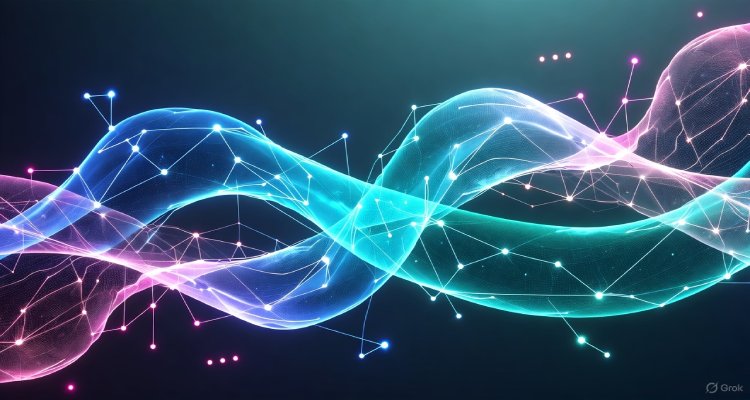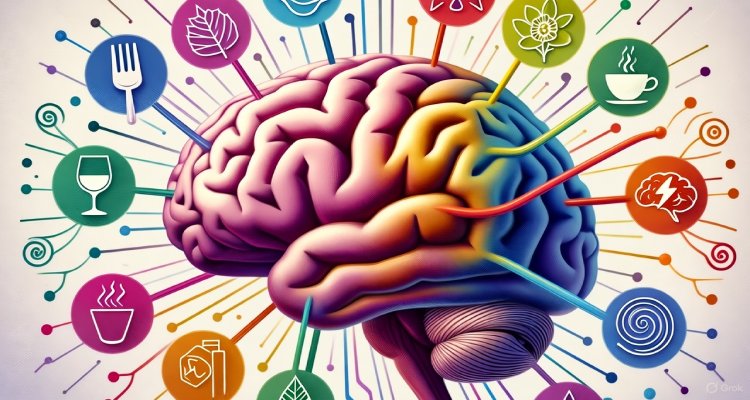AI-Generated Dreams: Can Algorithms Recreate the Subconscious?
As AI pushes into neuroscience, experts explore whether algorithms can simulate dreams and reveal the mysteries of the human subconscious.
Introduction: The Machine That Dreams
Imagine falling asleep and waking up not just with your own dreams, but with ones created by a machine—vivid, surreal, and eerily familiar. As artificial intelligence ventures deeper into human cognition, researchers are asking a radical question: can algorithms recreate the subconscious, the hidden engine of dreams?
Context & Background: Decoding the Dreamworld
Dreams have fascinated scientists and artists for centuries. From Sigmund Freud’s psychoanalytic interpretation to modern neuroscience linking dreams with memory consolidation, the subconscious has remained an elusive frontier.
Now, with breakthroughs in generative AI and brain-imaging technologies, the boundary between science fiction and scientific possibility is blurring. AI models trained on vast datasets of images, sounds, and even neural signals are beginning to generate dreamlike sequences. These experiments raise profound questions about creativity, memory, and what it means to be human.
Main Developments: From Data to Dreamscapes
Recent research from labs in Japan, the United States, and Europe has demonstrated that brain activity during sleep can be partially decoded using AI. By mapping fMRI data to generative models, scientists have been able to reconstruct fragments of dreams—faces, landscapes, and colors resembling those reported by sleepers upon waking.
At the same time, companies experimenting with “digital lucid dreaming” are creating AI-driven simulations that mimic the surreal quality of dreams. These systems combine generative text-to-image models with neural activity recordings, aiming to externalize what has long been confined to the inner mind.
While still primitive, these advances suggest that machines may not only help us visualize dreams but also generate entirely new subconscious-like experiences.
Expert Insight: A Divide Between Excitement and Caution
Neuroscientists remain divided on the implications.
Dr. Karen Liu, a cognitive scientist at Stanford University, emphasizes the potential:
“AI-generated dream models could open unprecedented pathways into understanding mental health, trauma, and creativity. For the first time, we might visualize the subconscious at work.”
Yet ethicists urge caution. Dr. Miguel Herrera, a researcher in neuroethics, warns:
“If corporations begin monetizing dream data or generating synthetic subconscious experiences, we risk entering a realm where privacy of thought no longer exists. Dreams are perhaps the final frontier of human intimacy.”
Public reaction mirrors this divide—some are fascinated by the idea of designing personalized dreams, while others fear the psychological risks of machines tampering with the subconscious.
Impact & Implications: A New Frontier or a Dangerous Illusion?
The possibilities are immense. AI-generated dreams could revolutionize therapy by helping patients externalize traumatic memories. Artists and filmmakers could collaborate with algorithms to co-create surreal storylines. Sleep research itself could leap forward, uncovering the neurological mechanics of creativity.
But the dangers are equally real. If companies collect dream data, it could open a new era of surveillance capitalism—this time extending into the private realm of sleep. Furthermore, artificially induced dream states may distort memory, identity, and emotional regulation in unpredictable ways.
The future of AI-generated dreams hinges on regulation, ethical frameworks, and scientific transparency. Without them, the line between reality and simulation risks becoming dangerously blurred.
Conclusion: The Dream Question
Dreams have always been our most personal and enigmatic narratives. Now, as machines inch closer to recreating them, humanity faces a choice: do we embrace algorithmic dream-making as a tool for exploration, or do we guard the subconscious as a sanctuary beyond the reach of technology?
Whether AI dreams become a clinical tool, a creative playground, or a dystopian intrusion, one truth remains: the subconscious is no longer untouchable—it is becoming digital.
Disclaimer : This article is for informational purposes only. It does not provide medical or psychological advice and should not be interpreted as endorsing or predicting specific technologies.











